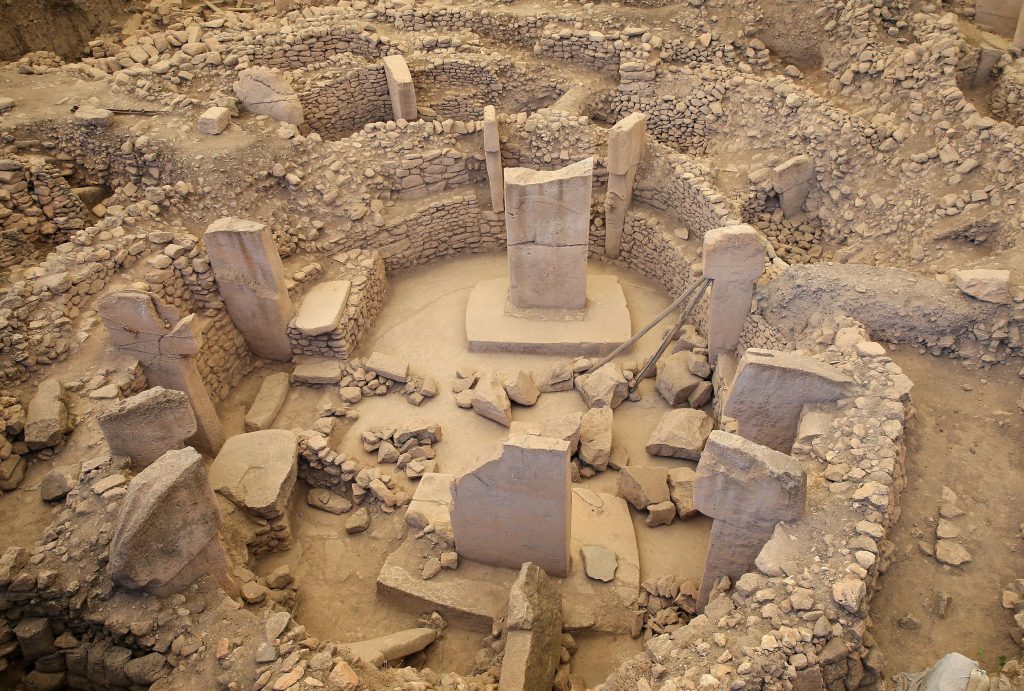- Se estimează că monumentul are o vechime de cel puțin 7.000 de ani. Este un cerc format din peste 100 de stânci în picioare.
- Monumentul a fost descoperit pentru prima dată de arheologul german Hugo Obermaier în anii 1920.
- Stonehenge a devenit vizibil ultima dată în 2019, după 50 de ani, din cauza secetei. Acum, este din nou vizibil, iar arheologii sunt încântați să studieze situl.
Seceta extremă înregistrată de Spania vara aceasta a scos la suprafața apelor un cerc din piatră preistoric cunoscut sub denumirea de „Stonehenge-ul spaniol”, scrie CNN.
Cunoscut în mod oficial sub denumirea Dolmenele de Guadalperal, dar supranumit „Stonehenge-ul spaniol”, cercul alcătuit din zeci de pietre megalitice se crede că datează din anul 5.000 î.e.n.
În prezent este vizibil în întregime într-unul din marginile barajului Valdecanas, în centrul provinciei Caceres, unde autorităţile spun că nivelul apei a scăzut până la 28% din capacitate.
„Este o surpriză, o oportunitate rară de a putea avea acces la monument” , a spus arheologul Enrique Cedillo de la Universitatea Complutense din Madrid, unul dintre experţii care se grăbeşte să studieze fenomenul înainte de a fi acoperit din nou de apă.
A fost descoperit de arheologul german Hugo Obermaier în 1926, dar zona a fost inundată în 1963 în cadrul unui proiect de dezvoltare rurală pe vremea dictaturii lui Francisco Franco. De atunci, a mai fost vizibil integral doar de patru ori.
„Stonehenge-ului Spaniei”, un semn de bun augur doar pentru unii
Dolmenele sunt pietre aranjate vertical care susţin de obicei o piatră plată. Deşi există multe astfel de construcţii megalitice în diverse locuri din Europa, există foarte puţine informaţii despre cei care le-au ridicat.
Rămăşiţe umane descoperite în perimetrul acestora sau în apropiere au condus la emiterea unei teorii citate deseori, potrivit căreia aceste construcţii ar fi nişte monumente funerare.
Asociaţiile locale istorice şi de turism au recomandat relocarea pietrelor Guadalperal într-un muzeu sau într-un alt loc, pe un sol uscat. Apariţia acestora este de asemenea de bun augur şi pentru Ruben Argentas, proprietarul unei mici afaceri de tururi cu barca.
„Dacă dolmenul apare, apare şi turismul pentru dolmen”, a declarat el după o zi aglomerată în care a plimbat turiştii până la sit şi retur.
Schimbările climatice care au adus temperaturi extreme au provocat în Peninsula Iberică cea mai gravă secetă din ultimii 1.200 de ani.

